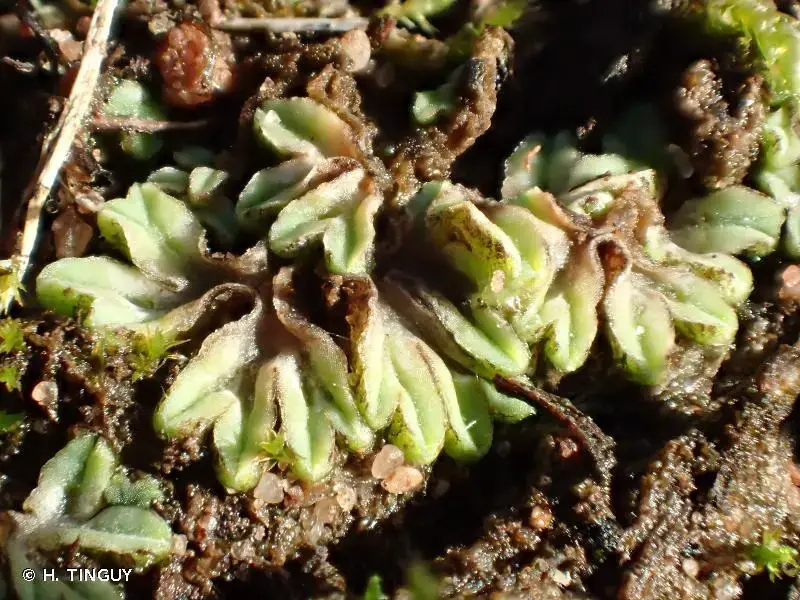
205252.jpg from: https://inpn.mnhn.fr/espece/cd_nom/6230
Introduction
In the vast and captivating world of bryophytes, the Riccia sorocarpa Bisch. moss stands out as a remarkable member of the Ricciaceae family. Often referred to simply as Riccia, this unassuming yet fascinating plant has captured the hearts of moss enthusiasts worldwide. Let’s delve into the intriguing realm of this diminutive marvel and uncover its secrets.
Background
Before we explore the intricate details of Riccia sorocarpa Bisch., it’s essential to understand its taxonomic classification. This moss belongs to the phylum Marchantiophyta, also known as liverworts, and the class Marchantiopsida. These bryophytes are renowned for their unique life cycles and adaptations, making them a fascinating subject of study.
Main Content
Morphology and Identification
Riccia sorocarpa Bisch. is a thallose liverwort, meaning it grows in a flattened, ribbon-like form. Its thalli are typically green to bluish-green in color and can reach up to 2 cm in length. One of the distinctive features of this moss is its dichotomous branching pattern, which gives it a distinctive appearance.
The reproductive structures of Riccia sorocarpa Bisch. are equally intriguing. It produces sporangia (spore-bearing structures) that are immersed within the thallus tissue. These sporangia are often arranged in a rosette pattern, adding to the moss’s unique visual appeal.
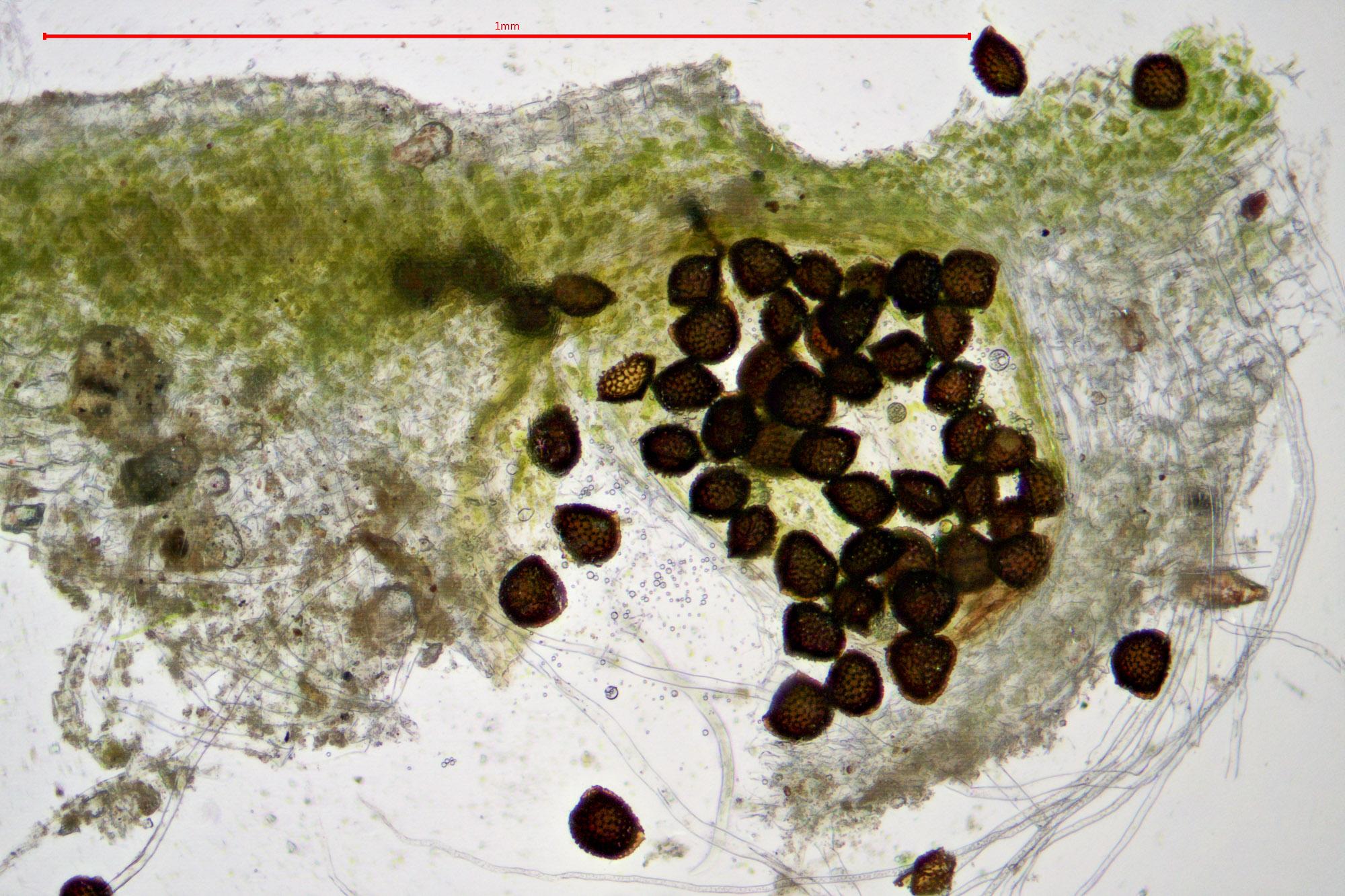
2020-10-02-13-01-07.jpg from: https://www.britishbryologicalsociety.org.uk/learning/species-finder/riccia-sorocarpa/
Global Distribution and Habitat
Riccia sorocarpa Bisch. is a cosmopolitan species, meaning it can be found on almost every continent. It thrives in a wide range of habitats, from moist soil and rock crevices to temporary pools
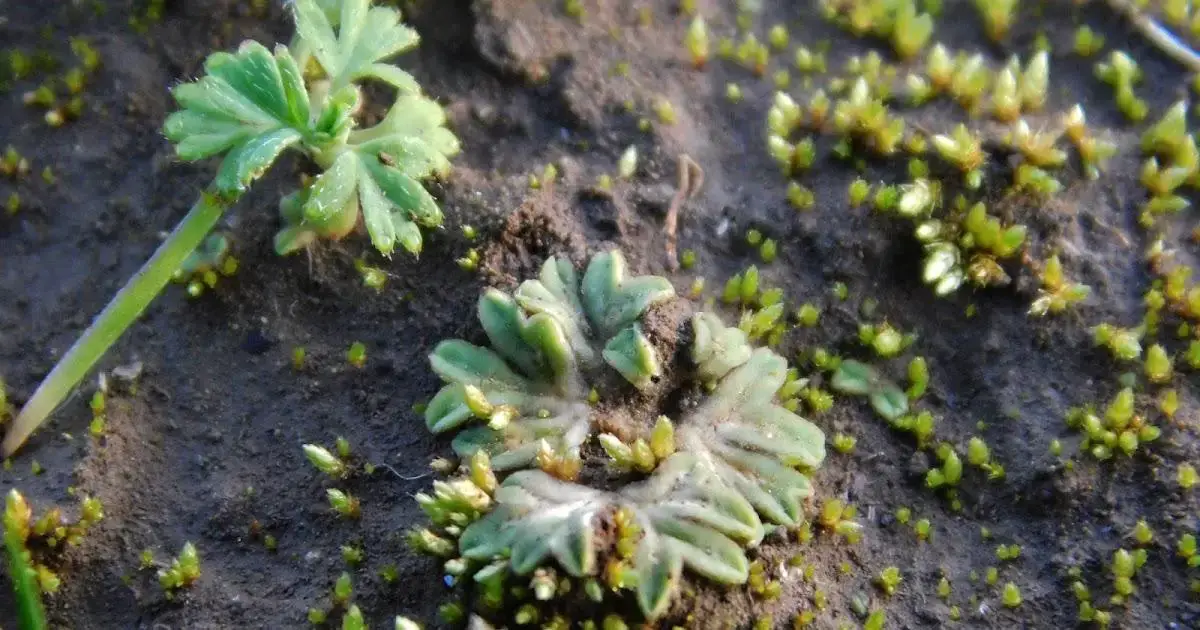
DSCN4241.JPG from: https://briofitedelmatese.blogspot.com/2022/10/riccia-sorocarpa-bisch.html
and disturbed areas. This moss is particularly well-adapted to survive in environments with periodic desiccation, making it a true survivor in the plant kingdom.
Ecological Roles and Adaptations
Despite its diminutive size, Riccia sorocarpa Bisch. plays a crucial role in various ecosystems. It contributes to soil formation and moisture retention, creating favorable conditions for other plants to thrive. Additionally, this moss serves as a food source and habitat for numerous microscopic organisms, further emphasizing its ecological significance.

39863813323_ea6cf8e38f_b.jpg from: https://www.flickr.com/photos/83637132@N02/39863813323
One of the remarkable adaptations of Riccia sorocarpa Bisch. is its ability to undergo desiccation tolerance. During periods of drought, the moss can enter a state of dormancy, reviving itself when moisture becomes available again. This incredible resilience allows it to survive in harsh environments where other plants might perish.
Case Studies/Examples
In a recent study conducted in the Mojave Desert, researchers discovered that Riccia sorocarpa Bisch. played a vital role in stabilizing soil and facilitating the growth of other plant species. This moss’s ability to rapidly colonize disturbed areas and create a protective layer on the soil surface made it an invaluable ally in ecosystem restoration efforts.
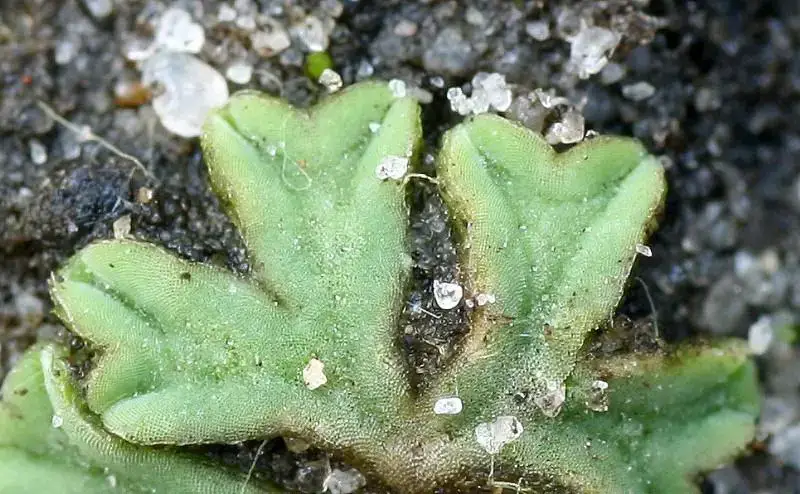
198796.jpg from: https://waarneming.nl/species/17793/
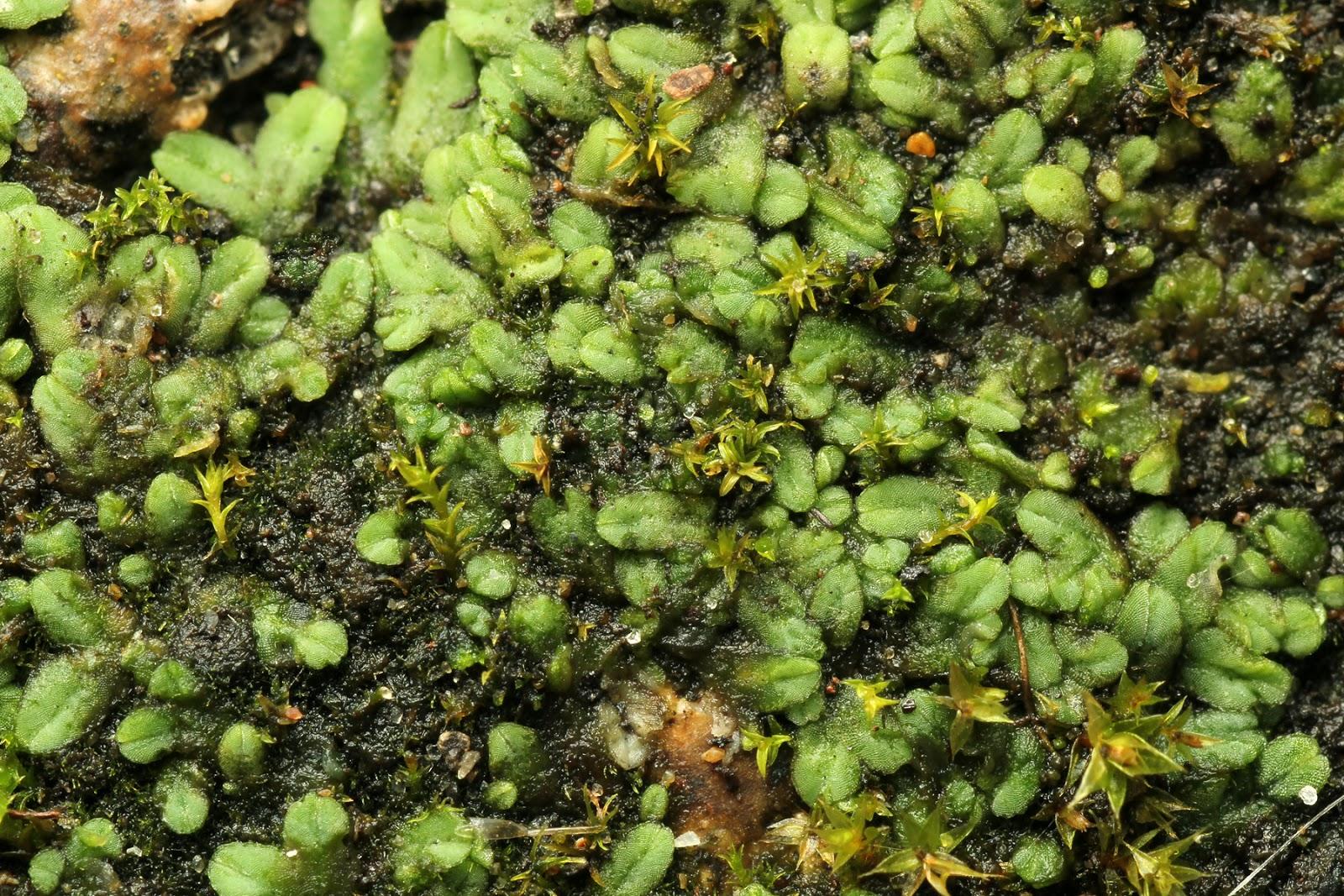
IMG_4648a.jpg from: http://southwalesbryos.blogspot.com/2016/09/riccia-sorocarpa-along-pembrey-forest.html
Technical Table
| Characteristic | Description |
|---|---|
| Phylum | Marchantiophyta |
| Class | Marchantiopsida |
| Family | Ricciaceae
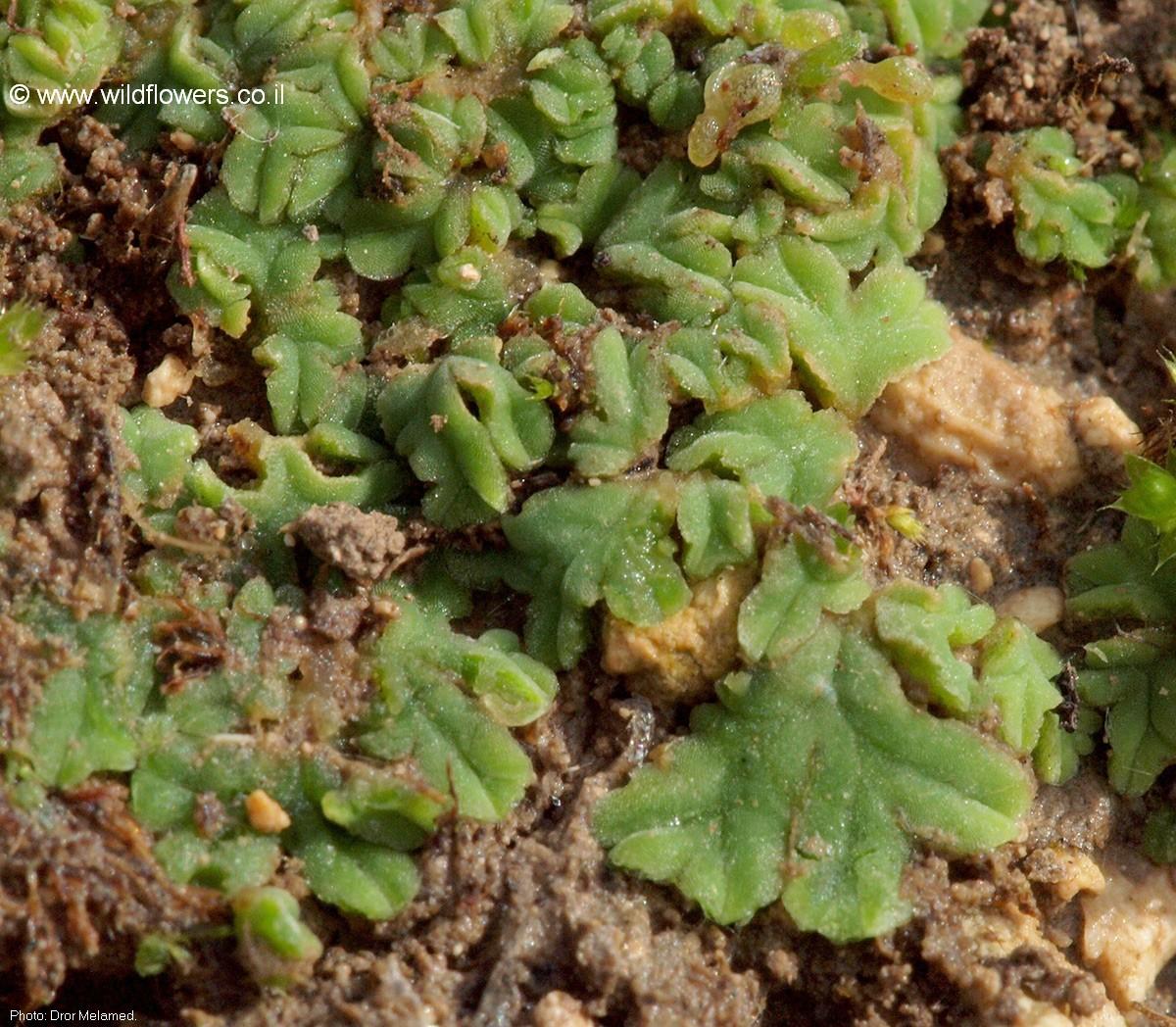 3229-l-1.jpg from: https://www.wildflowers.co.il/hebrew/picture.asp?ID=19009 |
| Genus | Riccia
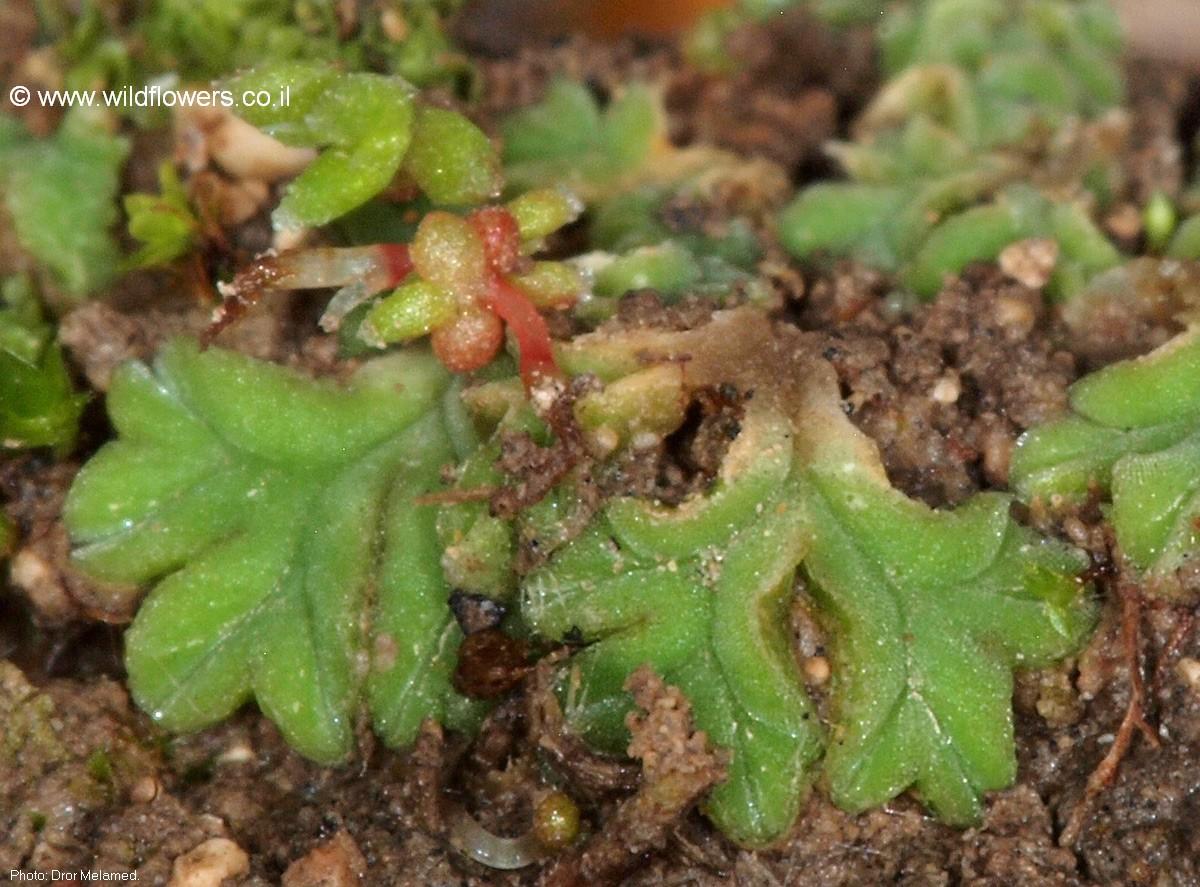 3229-l-2.jpg from: https://www.wildflowers.co.il/hebrew/picture.asp?ID=19010 |
| Species | Riccia sorocarpa Bisch. |
| Growth Form | Thallose liverwort |
| Branching Pattern | Dichotomous |
| Sporangia | Immersed in thallus tissue, arranged in rosette pattern |
| Habitat | Moist soil, rock crevices, temporary pools, disturbed areas |
| Distribution | Cosmopolitan |
| Adaptation | Desiccation tolerance |
Conclusion
The Riccia sorocarpa Bisch. moss is a true marvel of nature, showcasing the incredible diversity and resilience of bryophytes. From its unique morphology and reproductive structures to its remarkable adaptations and ecological roles, this unassuming plant has captured the imagination of moss enthusiasts worldwide. As we continue to explore the intricate world of bryophytes, the Riccia sorocarpa Bisch. serves as a reminder of the wonders that can be found in the smallest and most unassuming of organisms. Perhaps the next time you encounter a patch of moss, you’ll pause and appreciate the incredible journey of survival and adaptation that lies within.